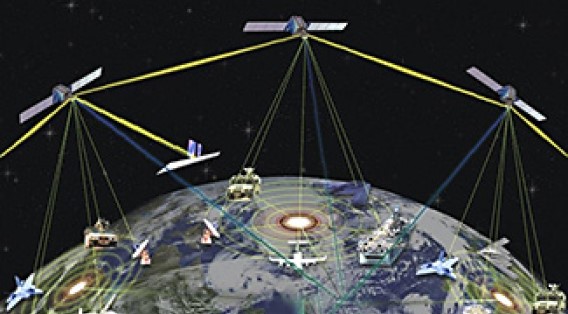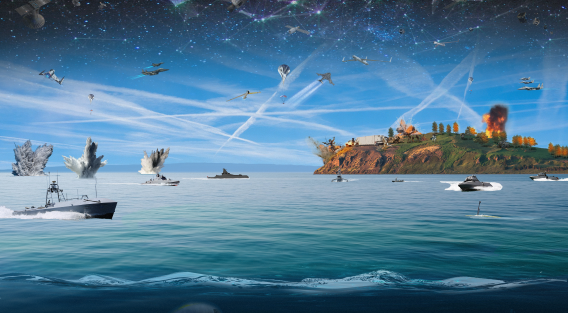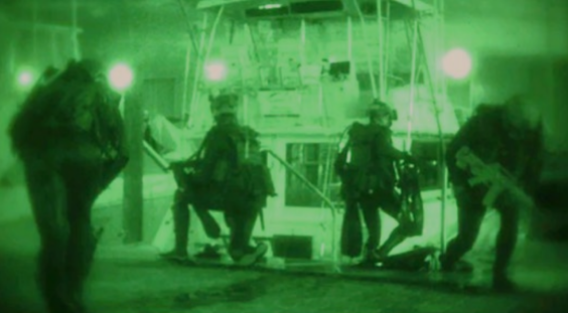Research Task Forces - Naval Warfare Studies Institute
NWSI hosts three Research Task Forces.
Research Task Forces allow NPS to organize cross-campus activities into portfolios that are aligned to Navy and Marine Corps key operational problems.
- These portfolios consist of completed research, ongoing research, potential topics for future research, researchers, and those with research needs—all focused on a single topic.
- They provide coherence of action and direction to NPS faculty and students, and they help contextualize NPS research and education for non-NPS stakeholders.
To ensure currency, task forces are updated, discontinued, or recertified annually at the end of each fiscal year. NWSI anticipates staggered stand-up of task forces from FY21 through FY23. The next fiscal year’s Research Task Forces are announced via NPS Notice each September.
Within a Research Task Force, a diverse cohort works to generate multi-disciplinary solutions to the hardest challenges. These cohorts include faculty, officer-students, external stakeholders, partners in the Naval Education Enterprise, engineers from the Naval Research and Development Establishment, and others with a wide variety of expertise and diversity of thought.
Research Task Forces are bigger than NPS.
They become dynamic networks leveraging analytic capabilities and intellect across both the Service and industry partners.
How it works:
- We identify a “grand challenge” faced by multiple or even all of the Services.
- We then initiate the Research Task Force through a Warfare Innovation Workshop led by our NWSI Concepts Lead. This warfighter-centric design thinking activity orients task force participants to the problem so they can develop a list of “Minimum Viable Ideas”.
- Research Task Force members curate completed research, gather information about ongoing research, and advertise opportunities for future research. They also curate subject matter experts and stakeholders from across the military, government, academia, and industry.
- The Research Task Forces become a way to find completed research, to influence or contribute to ongoing research, and to propose or sponsor new research related to the specific topic area. The task forces also become vibrant, highly-diverse communities of practice, with all members sharing one common attribute – a passion for solving the challenges of that task force.
Naval Operational Architecture
Supports modernizing our concepts and capability so that we can conduct Command & Control during a peer-on-peer contest, in a highly contested electromagnetic spectrum, across the spectrum of conflict.

Hybrid Force

Maritime Gray Zone


